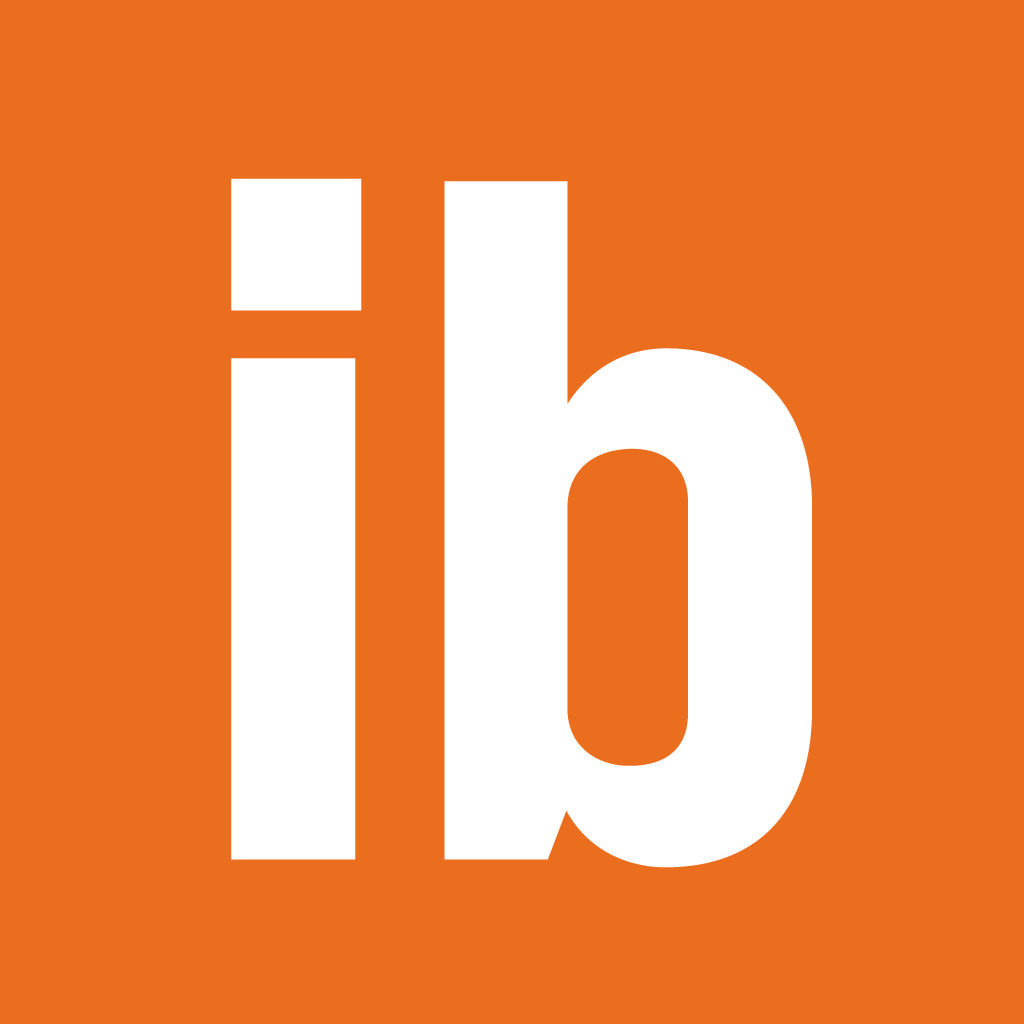Relationships First
Most banks will be like your significant other – they’ll ask for monogamy.
In other words, if you’re looking for a loan with us, we’ll want your whole banking relationship, including your deposit accounts.
Why?
First, it’s easier for you. You can log into your online or mobile banking and see everything from your loans to your checking accounts to your credit cards. Gone are the days of hopping from one bank to the next to see your entire business financial picture.
Plus, it often comes with better terms on both the deposit and loan side. Business loans are priced based in part on relationship, along with other factors such as creditworthiness, etc. If loans are the big trips you take with your significant other, deposits are a bit like dating – they’re how we get to know each other.
Finally, when we have your entire relationship, it’s easier for us to make lending decisions because we can see your entire financial situation clearly. That means less paperwork for you!
Documentation
Next, as you’d imagine, we need to gather some documentation to provide your business with a loan.
Think of your bank as an investor in your business. When we request documentation, it’s so we can feel confident in our investment.
There are three major categories of documentation we’ll need: documentation that shows us that you’re a business, documentation that shows us that you can pay the loan back, and the application.
Show us You're a Business
Before doing business with your business, we have to be sure you’re a business.
Phew. That’s a mouthful.
If you already bank with us, we’ll likely already have what we need (see, much easier when we have your whole relationship!), but if not, we’ll need…
Your Tax ID
If you’re a sole proprietor, you are able to use your social security number. However, even if you aren’t required to have an EIN now, as your business grows, you may need one down the road, so you may want to get one sooner rather than later.
Establishing Documents
If you’re forming a corporation, you will need Articles of Incorporation. Articles of Incorporation serve to establish your corporation.
If you’re forming an LLC, you will need Articles of Organization. Articles of Organization serve to establish your LLC.
Proof that your business is registered with your state
All businesses must be registered with the state in which the business resides. To register, you’ll need your tax ID and Articles as mentioned above.
Operating Agreement/Bylaws
Your business’ operating agreement and bylaws lay out the structure of the business as well as the members’ duties, rights, and responsibilities as it relates to the operations and finances of the business.
Show us You Can Pay Back the Loan
Next, we’ll want to gather documentation that shows us you can pay back the loan. What you will need to show us will vary from situation to situation, but here is what you can generally expect to be asked to produce to your lender.
Financials
For a new business, we’ll want to see your business projections. Don’t worry – we understand this is a bit of a guessing game, but this helps us see your expected revenue and expenses. Be sure to include the assumptions you used to develop your projections.
For an existing business, we’ll want to see your historical financials. This could take the form of tax returns or internal accounting software reports. In addition, seeing your deposit account statements also helps us understand your business financials.
If the loan is for growth, expansion, new equipment, or a major change to your business, we may also ask for one to three years of projections for existing businesses as well.
Collateral
Collateral to secure the loan is important, and while we don’t want to see it as your first (or even second) way of demonstrating your ability to repay your loan, we’ll want to see some details on the collateral, such as an appraisal, depreciation schedule, or detailed list of equipment.
Keep in mind that your lender will take the discounted value of the collateral into account for the purposes of the loan. In other words, the value of your equipment typically goes down over time, and your lender will consider the value after depreciation as the value of the collateral for the purposes of the loan.
Personal Financial Statement
Your Personal Financial Statement is the balance sheet on your household. It shows us your personal financial strength, including your liquidity and personal collateral.
Personal Guarantee
In this guarantee, you state that you back the loan should the business fail (not that we think it will, of course 😊). This step demonstrates to the bank that you personally back the business, giving us more confidence in our decision to invest in your business.
Apply for the Loan
Next, of course, is the actual application. As with any loan, the application tells us the details of what you’re looking for and why. It’s the official request for the loan.
Your Lender Has Your Back
It all sounds pretty complicated – from taxes to articles to financials to collateral, a lot goes into a small business loan.
But with a good lender (and we have quite a few here at IncredibleBank), you’ll also have an advisor that will guide you through the process.
And that lender won’t just be there to close the loan, but throughout the life of your business. We may never know your business as well as you do (you do live it, after all), but we do know business banking. Working together, we can support your goals throughout the life of your business.
*All loan programs are subject to credit approval and have eligibility criteria that must be met.



